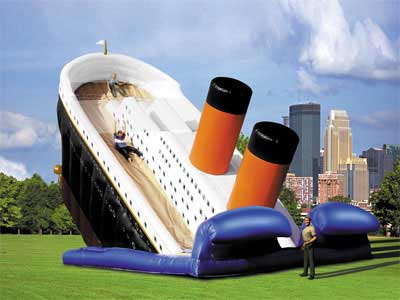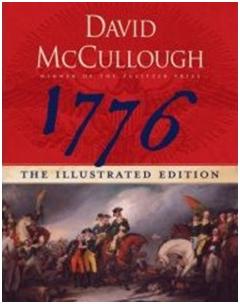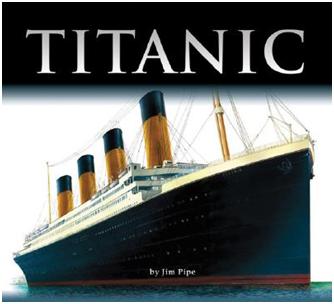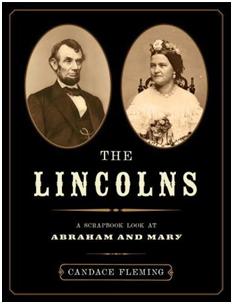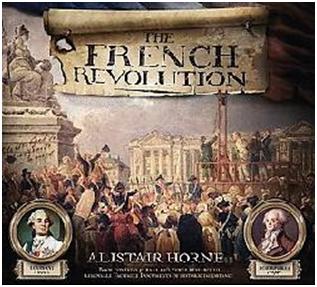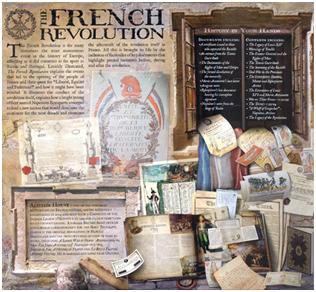I’ve just finished several days of quite rewarding work re-organizing and generally making some welcome improvements to the Greenleaf Press website.
The short version: We’ve added categories and organized the books in a much more logical and convenient fashion for each of the major periods of history. Rather than having to wade through all 50 or so books in the Ancient Egypt category, you will now see our Study Package books on the first page, with links to Reference Books, Historical Fiction & Biographies, and Activity & Coloring Books. Here’s the way it now looks:
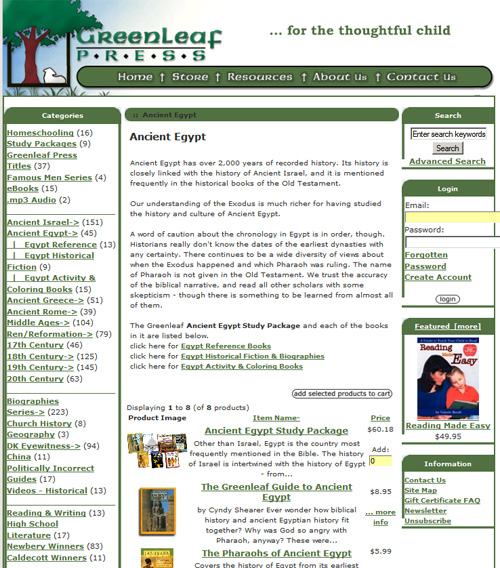
Over the past two years, my goal has been to make online shopping as easy and straightforward as browsing a print catalog. We had ten years experience putting a print catalog together, and I really enjoyed finding books, reviewing books, and then finding a spot in the catalog to put a group of books together that I wanted to highlight.
It’s been a struggle to figure out how to do this on the web. Over dinner the other night, I was discussing the current state of the web site with our son and daughter-in-law. Both have worked for Greenleaf in the past, and they have made lots of contributions to the development of books and web presence. While talking with them, I had an epiphany on how to present books to shoppers on the web.
Adding categories and additional links give more organization to how we present books and lets shoppers more easily find what they are looking for.
It has also let me re-discover and give more prominence to certain books and groups of books that were getting lost in long lists on several parts of our site.
Case in point: Ralph Moody’s Little Britches series. These are terrific books, and more timely now than ever. They were set in difficult economic times around the turn of the century and tell a powerful story of hard work, honesty, determination, and adaptation to change. But we carry 145 books in our main category of 19th century. How could shoppers find the books when they are listed on one page out of 15? The answer of course, was to help shoppers find what they are looking for by giving them more descriptive categories and links at the “top” page of each section.
Here’s what the re-designed entry page to our books on the 19th century now looks like:
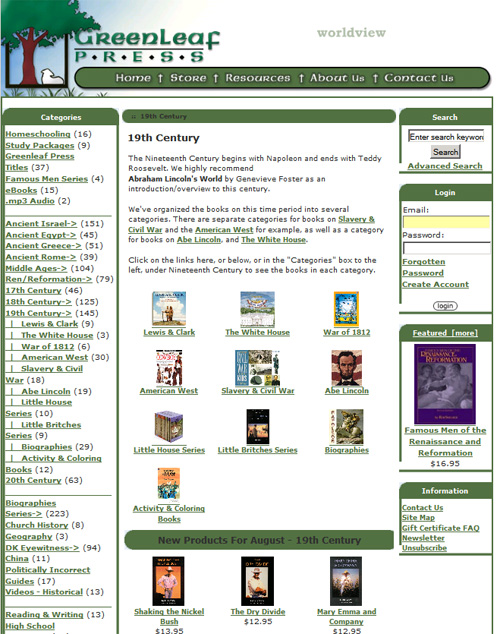 The Little Britches Series now has its own page and link from the top of the session. This is very close to the way I would have laid these books out in a printed catalog – with some visual box/background to set them apart and make them easy to find for people who are looking for them – and to try to catch the eye of people looking over and browsing by conveying quickly something what they are.
The Little Britches Series now has its own page and link from the top of the session. This is very close to the way I would have laid these books out in a printed catalog – with some visual box/background to set them apart and make them easy to find for people who are looking for them – and to try to catch the eye of people looking over and browsing by conveying quickly something what they are.
So now, if you know you’re going to be studying the middle ages and you want to find some coloring books for your younger children – click on the Middle Ages category in the left-hand column and you’ll see this:
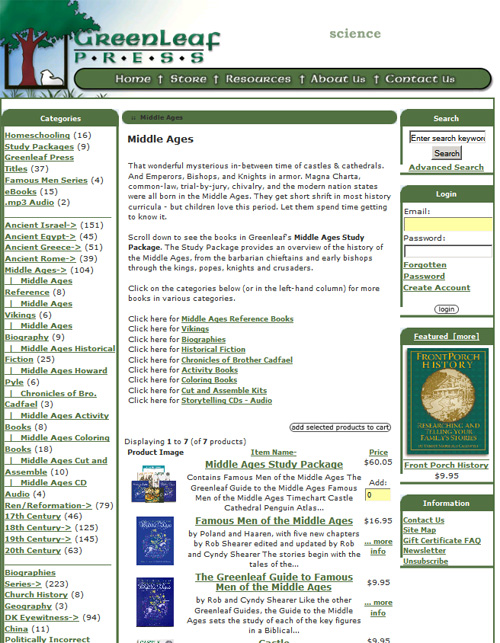 And now, click on the link to Coloring Books, either in the text in the center column or in the categories list in the left-hand column (now that you’ve clicked on Middle Ages, the categories list displays all of the sub-categories).
And now, click on the link to Coloring Books, either in the text in the center column or in the categories list in the left-hand column (now that you’ve clicked on Middle Ages, the categories list displays all of the sub-categories).
This reorganization of the e-store has taken several long days to implement (and there is still a bit of tidying up to do) – not unlike re-arranging a physical store! The goal is to make it easier or you to find the books you are looking forward.
Feedback and comments welcome! Thanks to everyone who has shopped at Greenleaf over the past several years. Your purchases are what makes it possible for Cyndy and me to continue to write new books to help parents teach history and literature to their children!
– Rob Shearer, Publisher
PS: Check out some of our other category sections below the chronological coverage of the major historical epochs, like our collection of Biography Series (Landmarks, Childhood of Famous Americans, and Mike Venezia’s Artists, Composers, & Presidents), DK Eyewitness Books, and the Politically Incorrect Guides.











